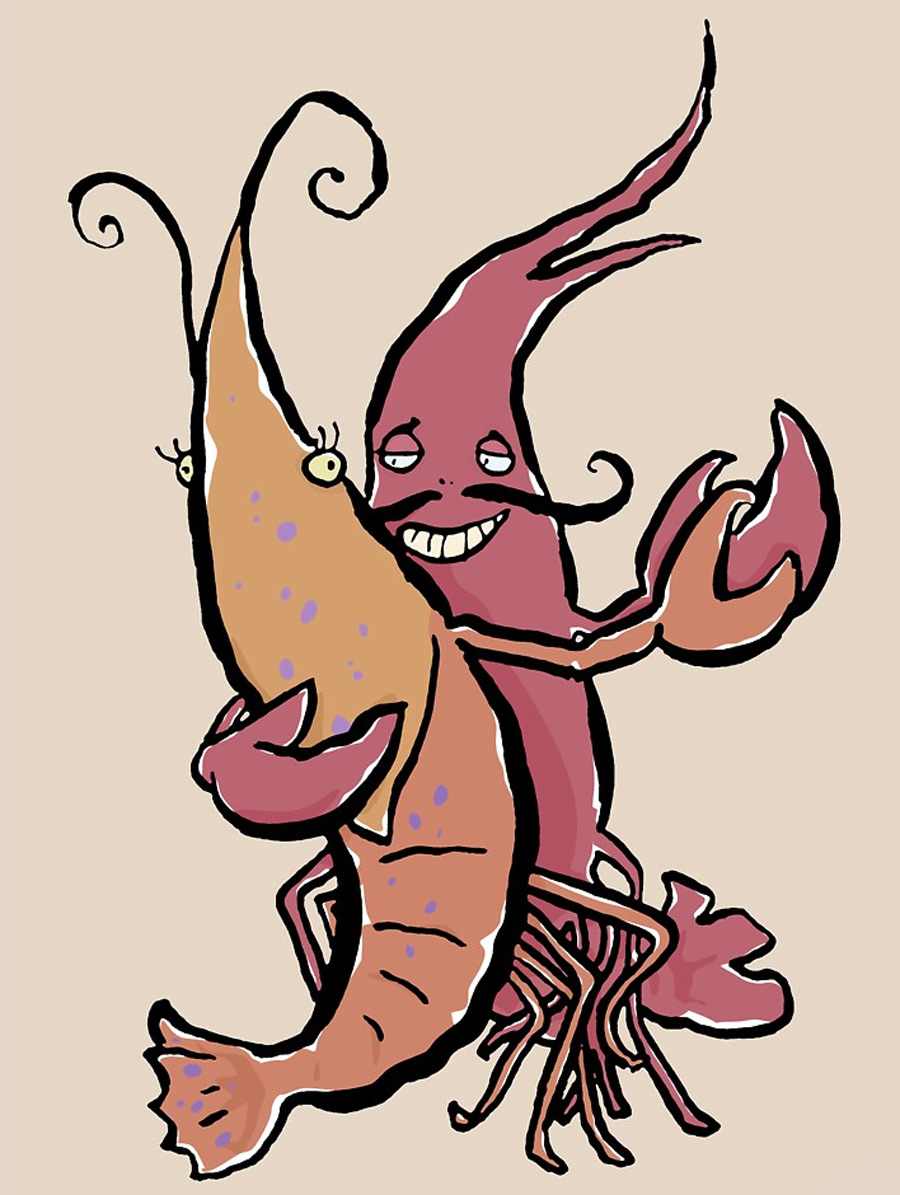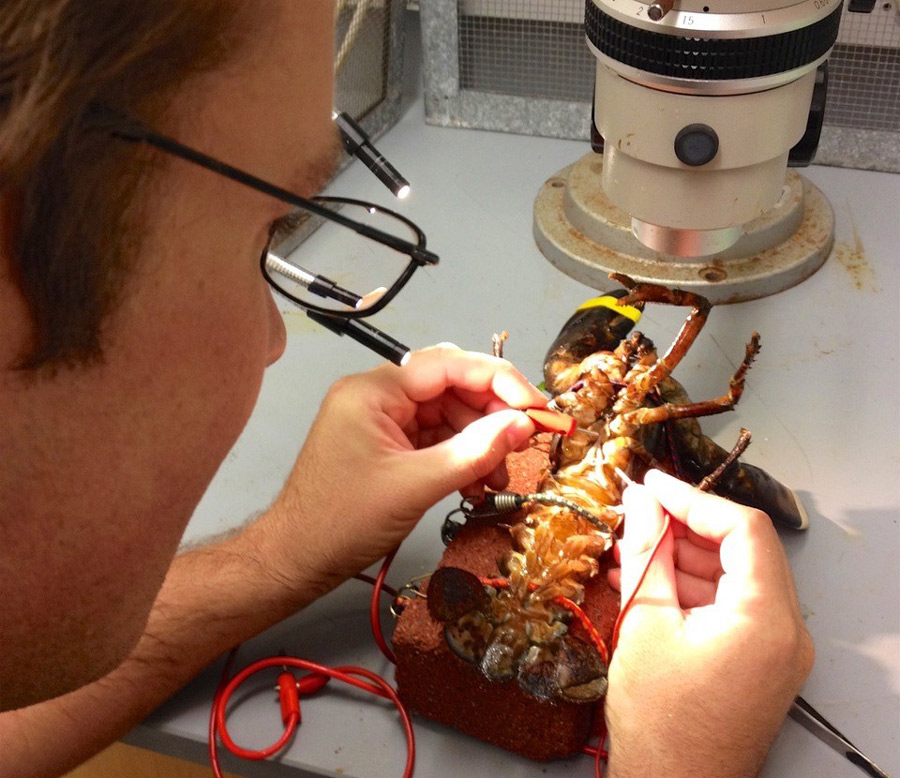
f you want to understand how a species will survive or fail, one of the things you need to know is whether its population is mating at top capacity. A new study from UNH has discovered a better way to count sperm in lobster that could help researchers of any animal species understand this key aspect of survival.
UNH scientists looking to better understand how climate change may alter lobster reproduction are measuring the amount of DNA contained within the lobster’s spermatophore — the mass of sperm a male lobster transfers to a female during mating. The new technique, which is described in an article recently published in the Journal of Crustacean Biology, is an important alternative to existing methods, which are both costly and time-consuming.
Ben Gutzler ’19G led the research as part of his doctoral work in marine biology, in collaboration with Win Watson, professor emeritus of marine biology, and Tracy Pugh ’14G from the Massachusetts Division of Marine Fisheries. The trio’s main goal was to determine whether male lobsters experience declining sperm counts when they mate multiple times, leading to sperm limitation within the population. While concerns about the sustainability of the American lobster population are longstanding, the absence of an efficient, cost-effective technique for quantifying sperm counts meant that testing the sperm limitation hypothesis was rarely attempted. Watson says this new approach is significant for understanding the long-term viability of the species.

Although the researchers did not find evidence of sperm limitation among male lobsters, they did uncover inconsistent sperm production among the individual lobsters studied that could have implications for population sustainability and prompt further study.